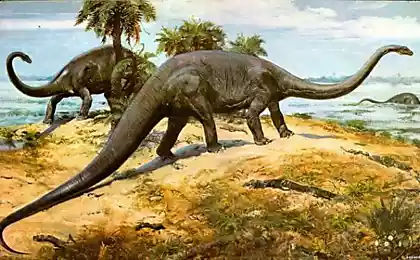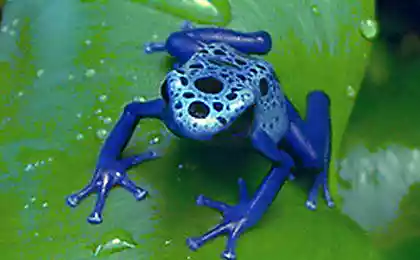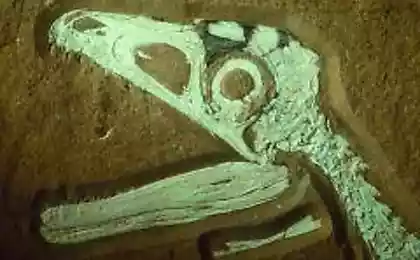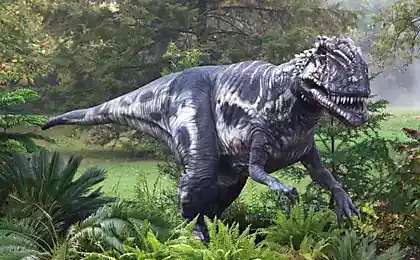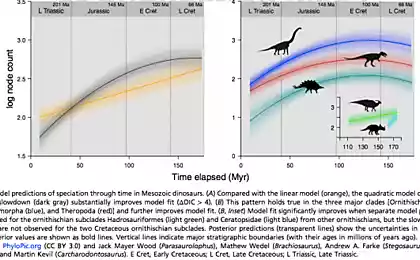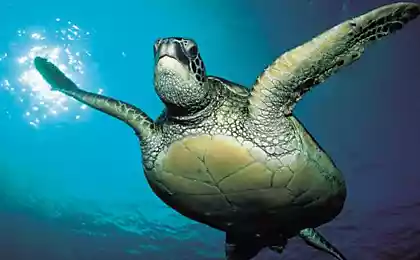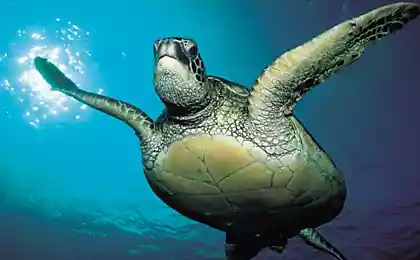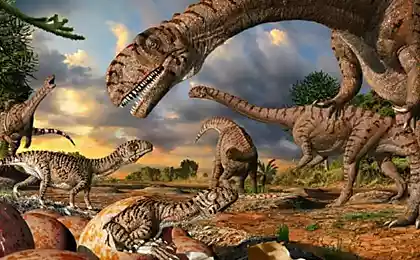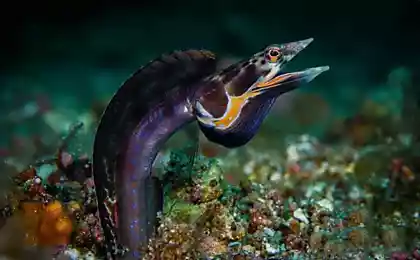944
The most ferocious marine dinosaurs
Dinosaurs were the dominant vertebrate animals, which have inhabited all the ecosystems of planet Earth for over 160 million years from the Triassic period (about 230 million years ago) until the end of the Cretaceous period (about 65 million years ago). I want to present you with a list of the ten most ferocious sea dinosaurs.

10. Salazar
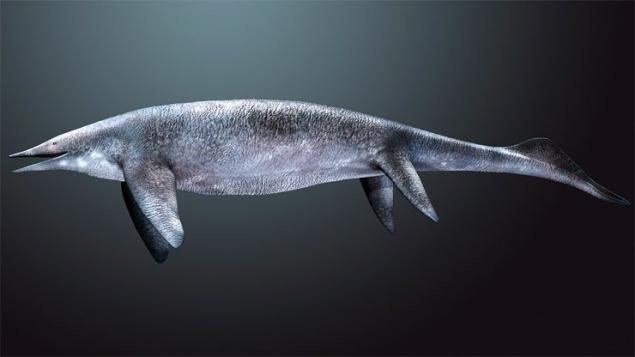
Salazar (Shastasaurus) is a genus of dinosaurs that lived in the late Triassic period (over 200 million years ago) on the territory of modern North America and possibly China. His remains were found in California, British Columbia and the Chinese province of Guizhou. This predator is the largest marine reptile ever found on the planet. He could grow up to 21 meters in length and weigh 20 tons.
9. Danosaur
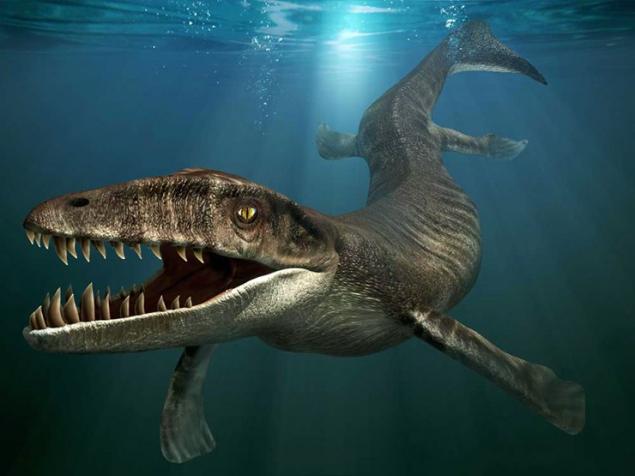
In ninth place in the ranking of Danosaur (Dakosaurus) is a marine crocodile that lived during the late Jurassic — early Cretaceous period (more than 100.5 million years ago). Is quite a large, carnivorous animals, almost exclusively adapted to hunting large prey. Could grow to 6 meters in length.
8. Thalassomedon
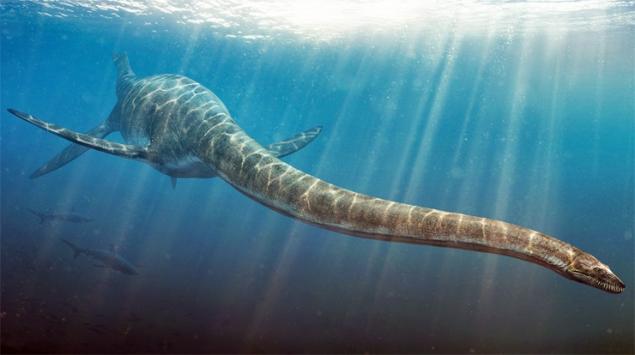
Thalassomedon (Thalassomedon) is a genus of dinosaur that lived in North America about 95 million years ago. Most likely, he was the chief predator of its time. Thalassomedon grew to 12.3 m in length. The size of his flippers were about 1.5–2 meters. Skull length was 47 cm, teeth — 5 cm Fed on fish.
7. A nothosauras

A nothosauras (Nothosaurus) — marine lizard, who lived 240-210 million years ago in territory of modern Russia, Israel, China and North Africa. At length reached about 4 meters. Had webbed limbs, with five long fingers that could be used for movement on land and for swimming. Probably fed on fish. A complete skeleton of a nothosauras can be seen in the Museum of natural history in Berlin.
6. Tylosaur
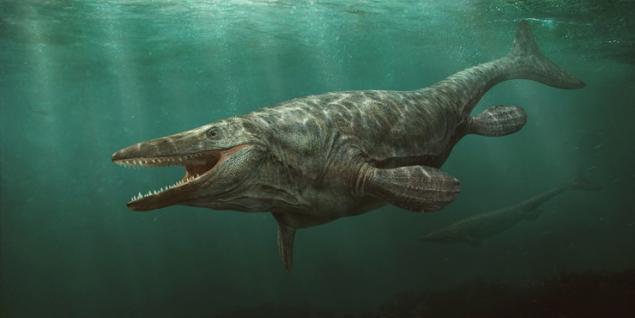
In sixth place in the list of most ferocious sea is Tylosaur dinosaur (Tylosaurus) is a large predatory marine reptile that inhabited the oceans in the late Cretaceous period (about 88-78 million years ago). Was the dominant marine predator of its time. Grew up to 14 m in length. Fed on fish, large predatory sharks, smaller mosasaurs, plesiosaurs, and waterfowl.
5. Calatoare
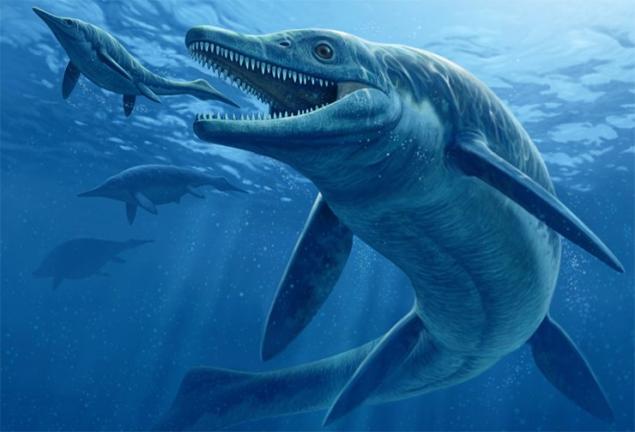
Calatoare (Thalattoarchon) is a large marine reptile that lived more than 245 million years ago on the territory of the Western United States. The remains, consisting of the skull, spine, pelvic bones, and part of the rear fins was discovered in Nevada in 2010. Estimated calatoare was the apex predator of its time. He had grown at least 8.6 metres in length.
4. Tanystropheus
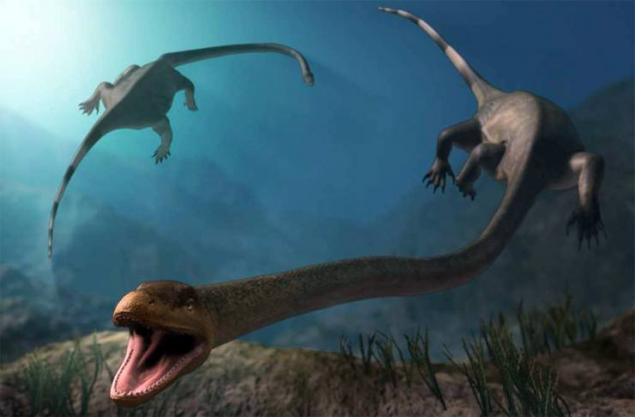
Tanystropheus (Tanystropheus) is a genus of lizard-like reptiles who lived in the middle Triassic, about 230 million years ago. Grew to 6-foot lengths, and was very elongated and movable neck, which reached 3.5 m Led carnivorous aquatic or semi-aquatic lifestyle, likely, hunting near the shore for fish and cephalopods.
3. Liopleurodon
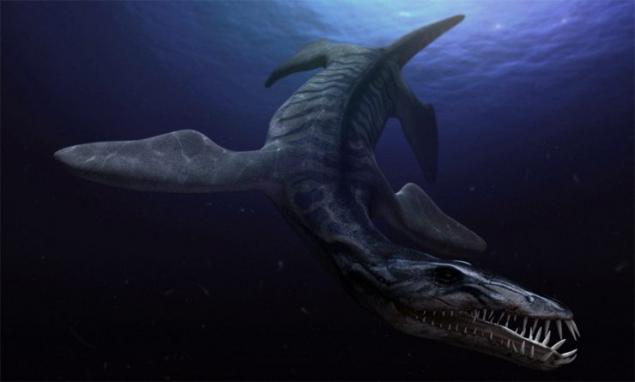
Liopleurodon (Liopleurodon) is a genus of large carnivorous marine reptiles that lived at the turn of the middle and late Jurassic (approximately 165 million to 155 million years ago). It is assumed that the largest known liopleurodon was just over 10 m in length, but a typical size for him range from 5 to 7 m (according to other sources from 16 to 20 meters). Body mass is estimated at 1-1. 7 tons. These apex predators probably hunted from an ambush, attacking on large cephalopods, ichthyosaurs, plesiosaurs, sharks and other large animals they could catch.
2. Mosasaur

Mosasaur (Mosasaurus) is a genus of extinct reptiles which inhabited the area of Western Europe and North America during the late Cretaceous — 70-65 million years ago. For the first time their remains were found in 1764 near the river Maas. The total length of members of this genus ranged from 10 to 17.5 m. In appearance resembled a mixture of a fish (or whale) with the crocodile. Were all the time in the water, sinking to a considerable depth. Fed on fish, cephalopods, turtles and Ammonites. According to some scholars, these predators are distant relatives of modern lizards and iguanas.
1. Megalodon
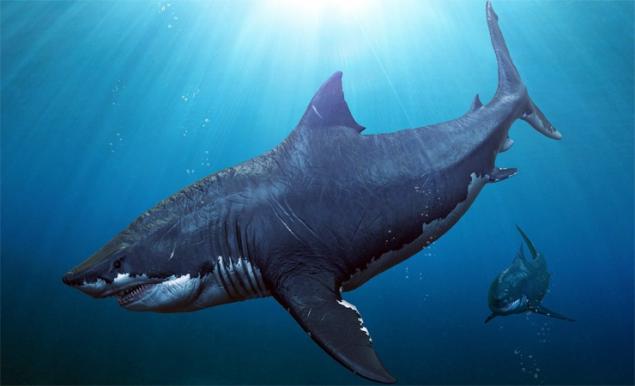
Megalodon (Carcharocles megalodon) is an extinct species of prehistoric shark that lived throughout the oceans of 28.1–3 million years ago. Is the largest known predatory fish in history. Estimates of Megalodon reached 18 meters in length and weighed 60 tons. According to the body shape and behavior was similar to the modern white shark. Hunted cetaceans and other large marine animals. Interestingly, some cryptozoologists argue that this animal could be preserved up to the present time, but also found large teeth (up to 15 cm in length) no other evidence that the shark and now lives somewhere in the ocean, no.

10. Salazar

Salazar (Shastasaurus) is a genus of dinosaurs that lived in the late Triassic period (over 200 million years ago) on the territory of modern North America and possibly China. His remains were found in California, British Columbia and the Chinese province of Guizhou. This predator is the largest marine reptile ever found on the planet. He could grow up to 21 meters in length and weigh 20 tons.
9. Danosaur

In ninth place in the ranking of Danosaur (Dakosaurus) is a marine crocodile that lived during the late Jurassic — early Cretaceous period (more than 100.5 million years ago). Is quite a large, carnivorous animals, almost exclusively adapted to hunting large prey. Could grow to 6 meters in length.
8. Thalassomedon

Thalassomedon (Thalassomedon) is a genus of dinosaur that lived in North America about 95 million years ago. Most likely, he was the chief predator of its time. Thalassomedon grew to 12.3 m in length. The size of his flippers were about 1.5–2 meters. Skull length was 47 cm, teeth — 5 cm Fed on fish.
7. A nothosauras

A nothosauras (Nothosaurus) — marine lizard, who lived 240-210 million years ago in territory of modern Russia, Israel, China and North Africa. At length reached about 4 meters. Had webbed limbs, with five long fingers that could be used for movement on land and for swimming. Probably fed on fish. A complete skeleton of a nothosauras can be seen in the Museum of natural history in Berlin.
6. Tylosaur

In sixth place in the list of most ferocious sea is Tylosaur dinosaur (Tylosaurus) is a large predatory marine reptile that inhabited the oceans in the late Cretaceous period (about 88-78 million years ago). Was the dominant marine predator of its time. Grew up to 14 m in length. Fed on fish, large predatory sharks, smaller mosasaurs, plesiosaurs, and waterfowl.
5. Calatoare

Calatoare (Thalattoarchon) is a large marine reptile that lived more than 245 million years ago on the territory of the Western United States. The remains, consisting of the skull, spine, pelvic bones, and part of the rear fins was discovered in Nevada in 2010. Estimated calatoare was the apex predator of its time. He had grown at least 8.6 metres in length.
4. Tanystropheus

Tanystropheus (Tanystropheus) is a genus of lizard-like reptiles who lived in the middle Triassic, about 230 million years ago. Grew to 6-foot lengths, and was very elongated and movable neck, which reached 3.5 m Led carnivorous aquatic or semi-aquatic lifestyle, likely, hunting near the shore for fish and cephalopods.
3. Liopleurodon

Liopleurodon (Liopleurodon) is a genus of large carnivorous marine reptiles that lived at the turn of the middle and late Jurassic (approximately 165 million to 155 million years ago). It is assumed that the largest known liopleurodon was just over 10 m in length, but a typical size for him range from 5 to 7 m (according to other sources from 16 to 20 meters). Body mass is estimated at 1-1. 7 tons. These apex predators probably hunted from an ambush, attacking on large cephalopods, ichthyosaurs, plesiosaurs, sharks and other large animals they could catch.
2. Mosasaur

Mosasaur (Mosasaurus) is a genus of extinct reptiles which inhabited the area of Western Europe and North America during the late Cretaceous — 70-65 million years ago. For the first time their remains were found in 1764 near the river Maas. The total length of members of this genus ranged from 10 to 17.5 m. In appearance resembled a mixture of a fish (or whale) with the crocodile. Were all the time in the water, sinking to a considerable depth. Fed on fish, cephalopods, turtles and Ammonites. According to some scholars, these predators are distant relatives of modern lizards and iguanas.
1. Megalodon

Megalodon (Carcharocles megalodon) is an extinct species of prehistoric shark that lived throughout the oceans of 28.1–3 million years ago. Is the largest known predatory fish in history. Estimates of Megalodon reached 18 meters in length and weighed 60 tons. According to the body shape and behavior was similar to the modern white shark. Hunted cetaceans and other large marine animals. Interestingly, some cryptozoologists argue that this animal could be preserved up to the present time, but also found large teeth (up to 15 cm in length) no other evidence that the shark and now lives somewhere in the ocean, no.


